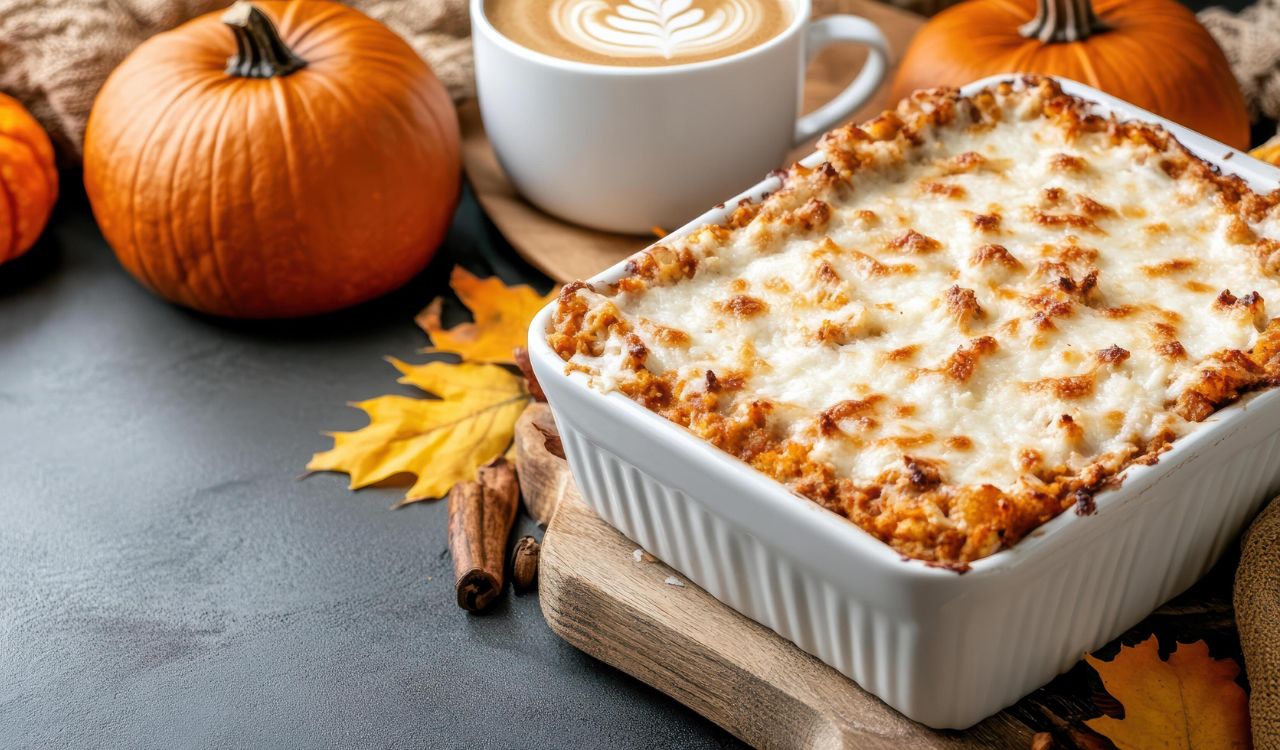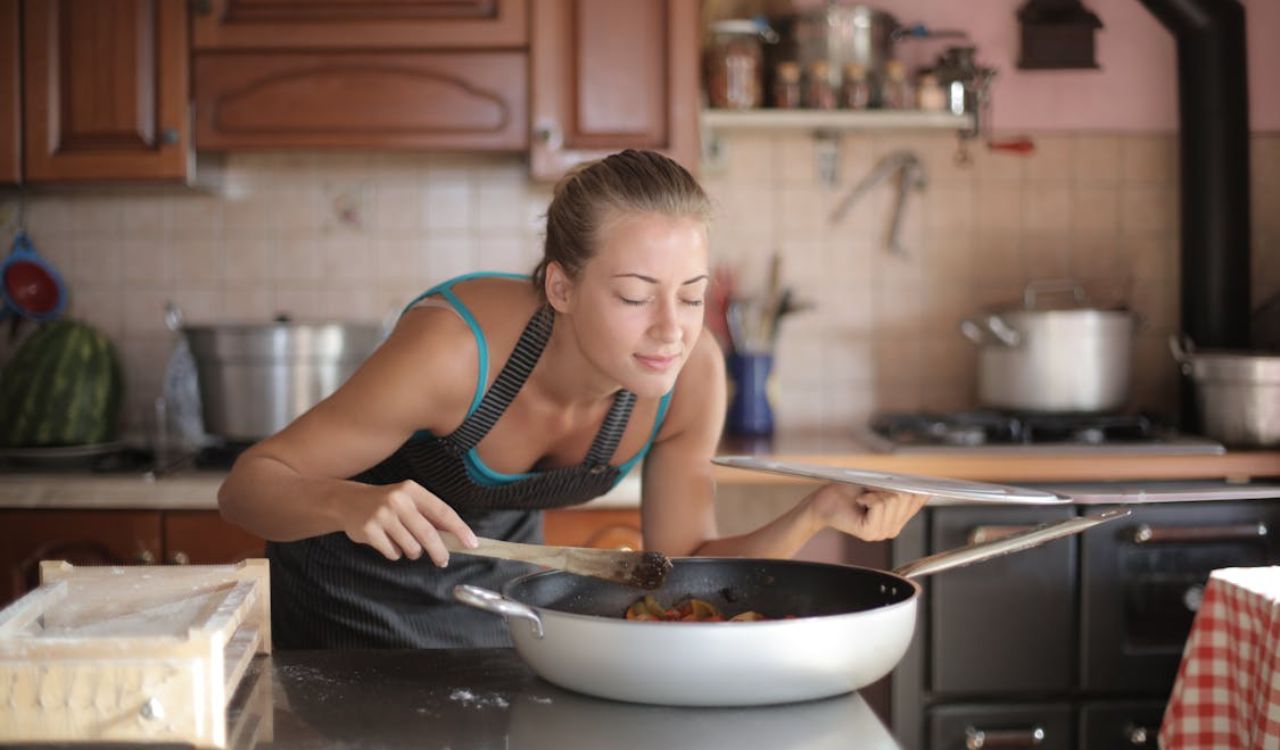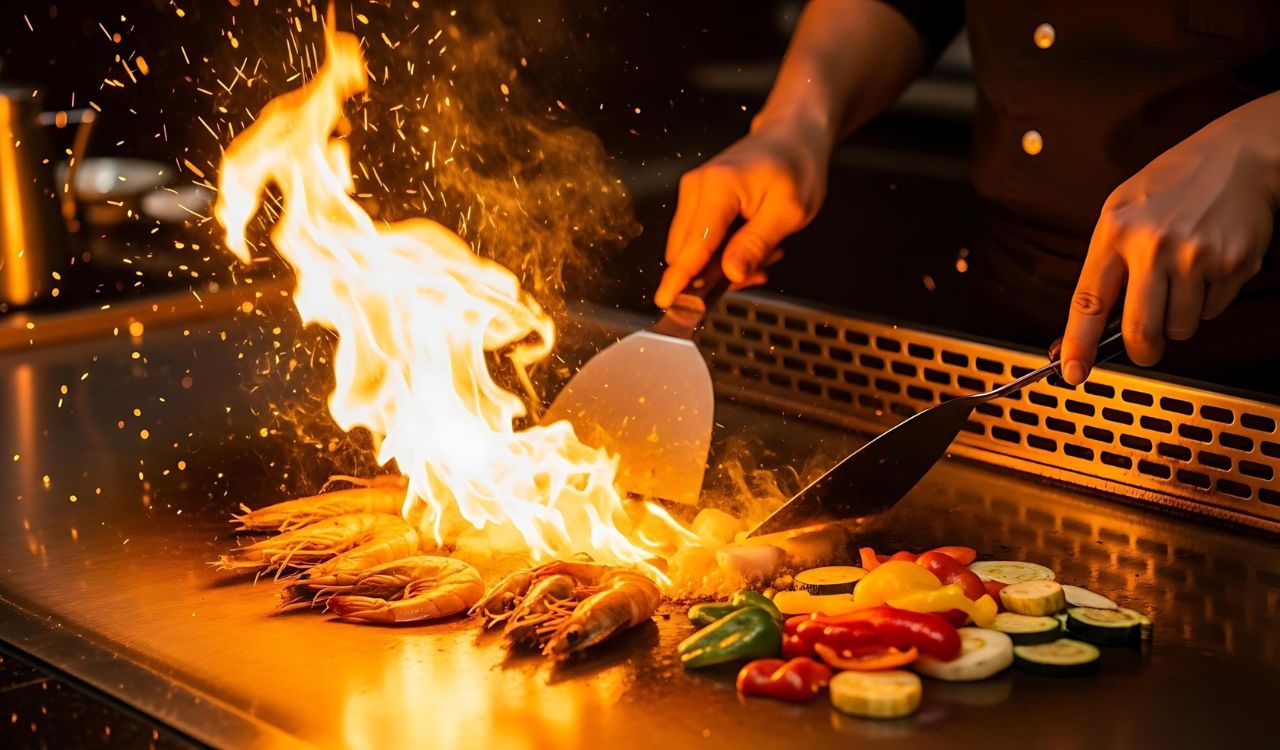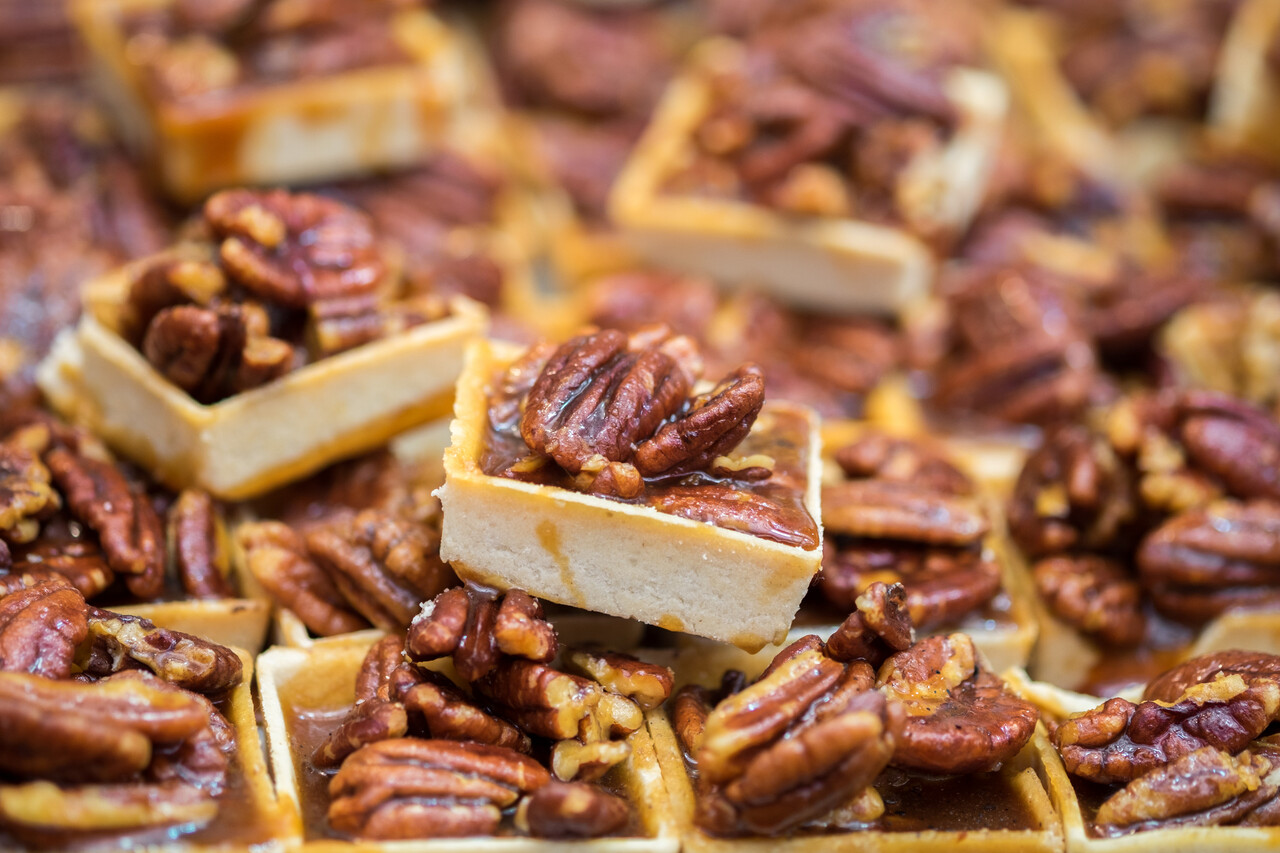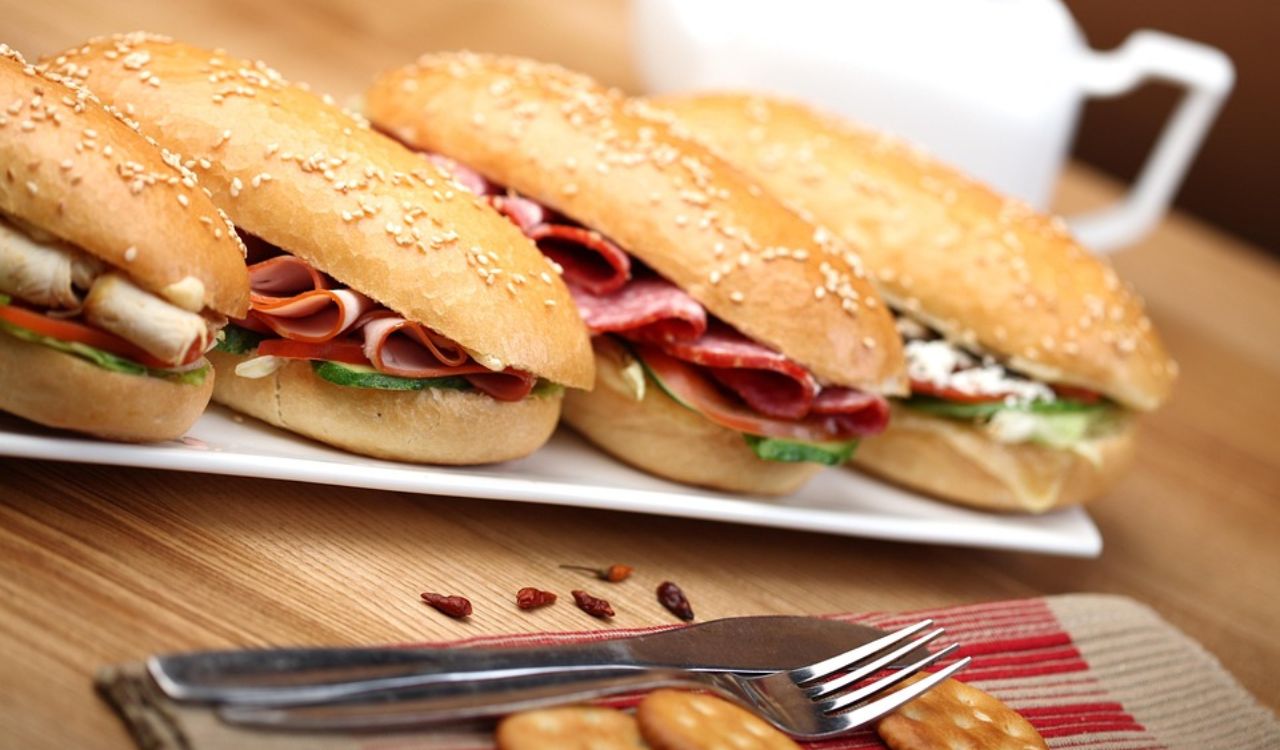10 Foods You Should Never Reheat in the Microwave
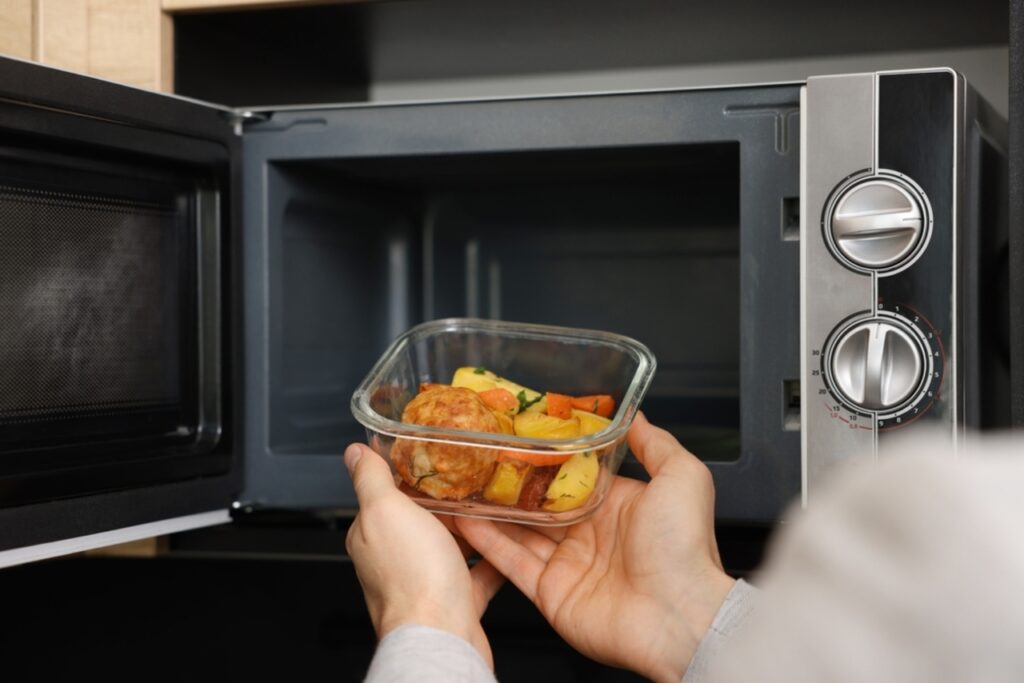
Microwaves make life easier, but not everything belongs in there. Some foods change in texture or flavor, while others can become unsafe to eat. The problem isn’t just uneven heating; it’s that certain ingredients react poorly to rapid reheating. If you’ve ever wondered why leftover rice or reheated eggs taste off, there’s a reason. Here’s a breakdown of ten foods you should avoid microwaving, along with what makes them risky and how to reheat them safely instead.
1. Rice

Cooked rice seems harmless to reheat, but it can harbor Bacillus cereus, a bacteria that thrives when rice is left at room temperature before reheating. Microwaving doesn’t get hot enough to destroy these spores, so the bacteria can survive and cause food poisoning. If you must reheat rice, do it on the stove with a splash of water while stirring continuously. That ensures even heating and better texture. For safety, refrigerate cooked rice within two hours of making it and consume leftovers within one day.
2. Eggs

Whether boiled, scrambled, or baked into a dish, eggs are a bad match for the microwave. When reheated, they can develop rubbery textures and sometimes even explode due to trapped steam. More importantly, microwaving cooked eggs unevenly can allow bacteria like Salmonella to survive. If you need to warm up eggs, use a stovetop at low heat. For hard-boiled ones, eat them cold or slice and add to salads instead. The microwave might be fast, but it’s not worth the risk or the mess.
3. Chicken
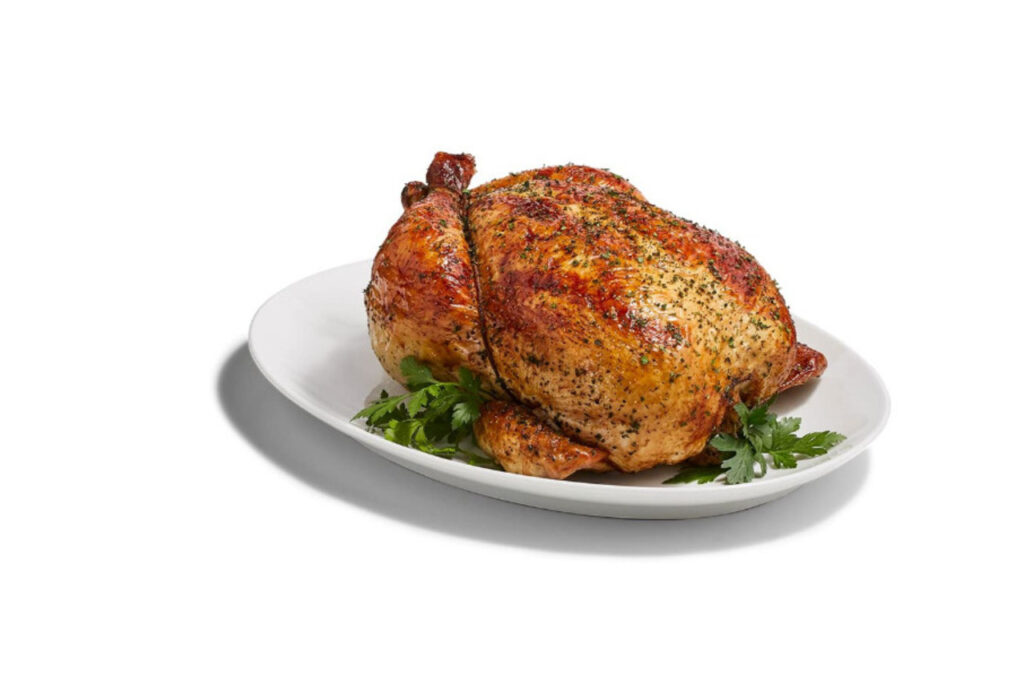
Chicken requires thorough reheating to eliminate harmful bacteria such as Salmonella and Campylobacter. Microwaves heat unevenly, leaving cold spots where bacteria can survive. The result is a deceptively warm surface with unsafe centers. If you’re reheating chicken, use an oven or skillet to bring it to a consistent internal temperature of 165°F. This also keeps the meat tender instead of drying it out. Storing and reheating chicken properly isn’t just about taste it’s a food safety issue.
4. Potatoes
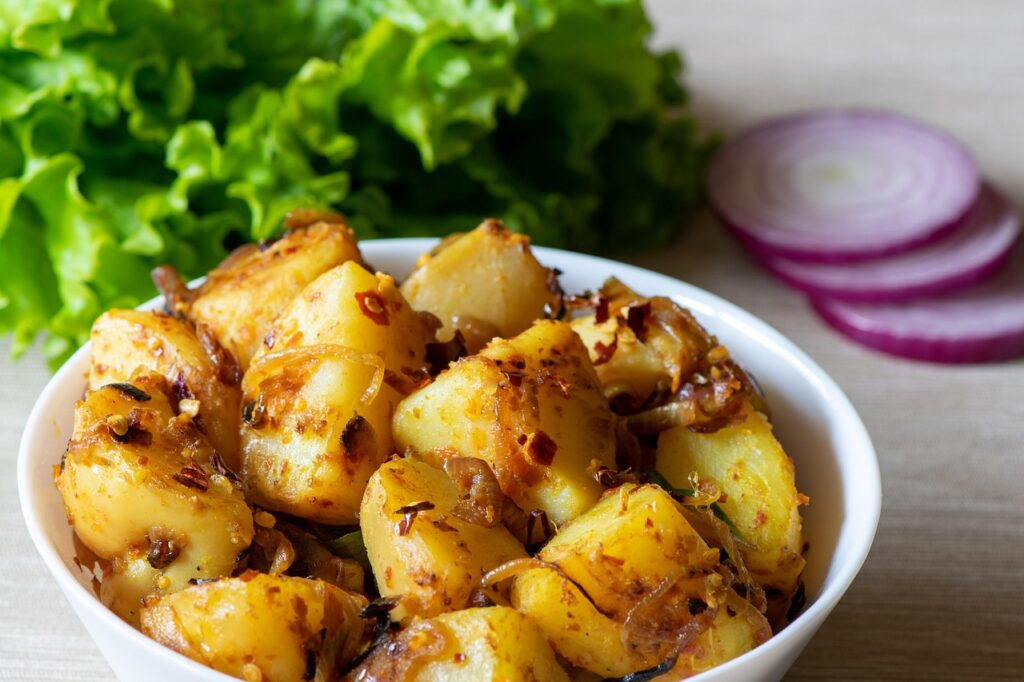
Potatoes can develop dangerous botulinum bacteria when left at room temperature too long after cooking, especially if wrapped in foil. Microwaving doesn’t always destroy these spores, making them unsafe to eat even after reheating. The best move is to refrigerate potatoes soon after cooking and reheat them in the oven at 350°F until hot all the way through. You’ll get a crispy skin and avoid bacterial risks. Don’t take shortcuts with potatoes; they’re one of the sneakiest culprits of foodborne illness.
5. Spinach
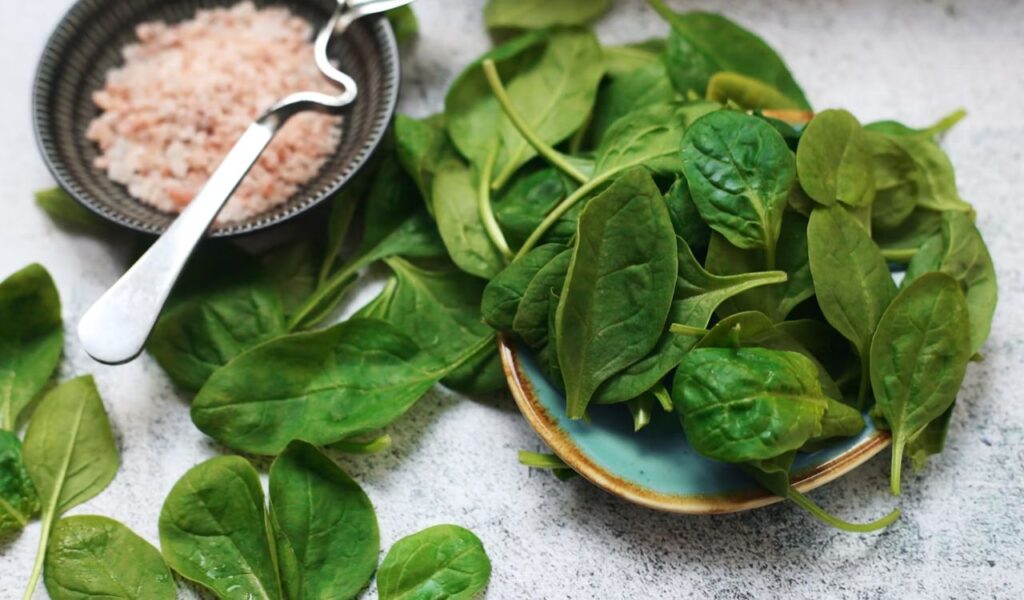
Spinach is packed with nutrients, but it also contains nitrates that can convert into nitrites when reheated. Microwaving accelerates this process, especially if the spinach wasn’t refrigerated quickly. While the risks are small, consistent exposure can lead to health concerns over time. If you need to reheat cooked spinach, do so on the stove over low heat and eat it right away. Or better yet, enjoy it cold in salads or smoothies. Microwaving spinach just isn’t worth the nutrient loss or chemical change.
6. Mushrooms
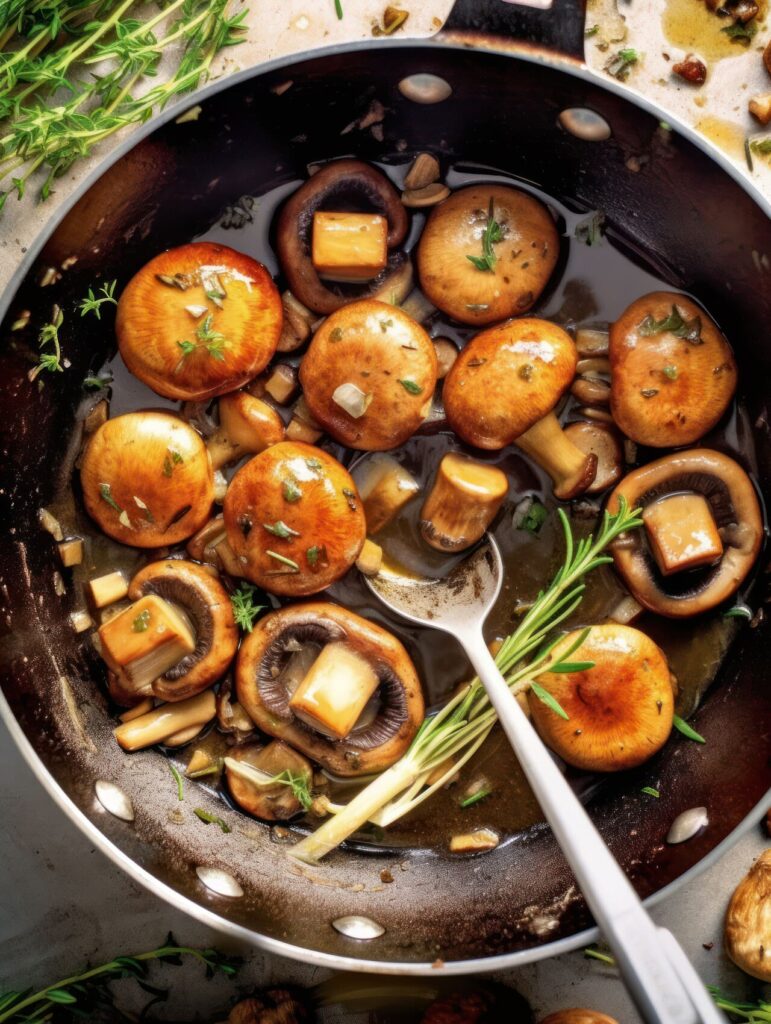
Mushrooms are high in protein and moisture, which makes them prone to bacterial growth if stored or reheated improperly. Microwaving often heats them unevenly, leading to digestive issues. It also alters their texture and flavor, making them rubbery. If you have leftover mushrooms, reheat them on the stove at low heat until they’re warmed evenly. Or eat them cold in salads. The key is refrigeration right after cooking mushrooms shouldn’t sit out longer than two hours before storage.
7. Seafood
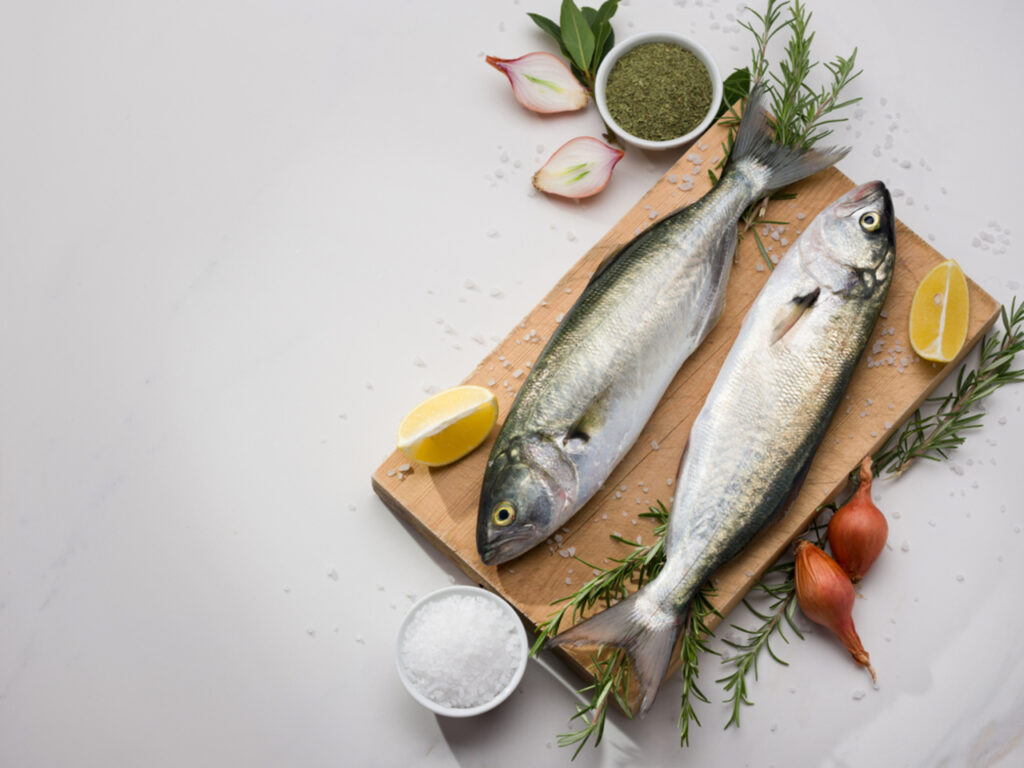
Fish and shellfish reheat poorly in the microwave for two reasons: food safety and taste. Rapid reheating can create uneven hot spots while overcooking delicate proteins. This not only ruins the texture but can also allow harmful bacteria to survive in cooler areas. To reheat seafood, use the oven at a low temperature or steam it gently. Doing so keeps it moist and safe to eat. Microwaved seafood often smells overpowering, too, which is another reason to avoid it altogether.
8. Broccoli
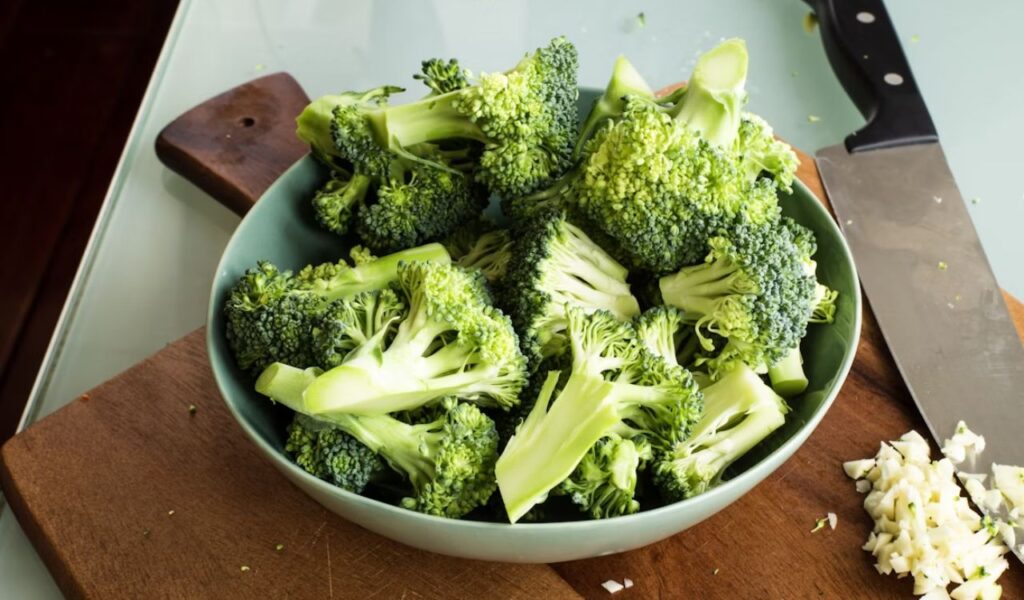
Reheating broccoli in the microwave may seem harmless, but it can destroy much of the vegetable’s vitamin C and antioxidants. Microwaves heat water molecules rapidly, and since broccoli holds a lot of moisture, it ends up overcooked and nutrient-poor in seconds. You’ll also notice it turns limp and gives off a sulfur-like odor, a sign it’s been overheated. To preserve its nutrients and texture, reheat broccoli by steaming it lightly on the stove or tossing it in a pan with a splash of water. This method keeps it crisp, bright, and far healthier than the microwave ever could.
9. Processed Meats
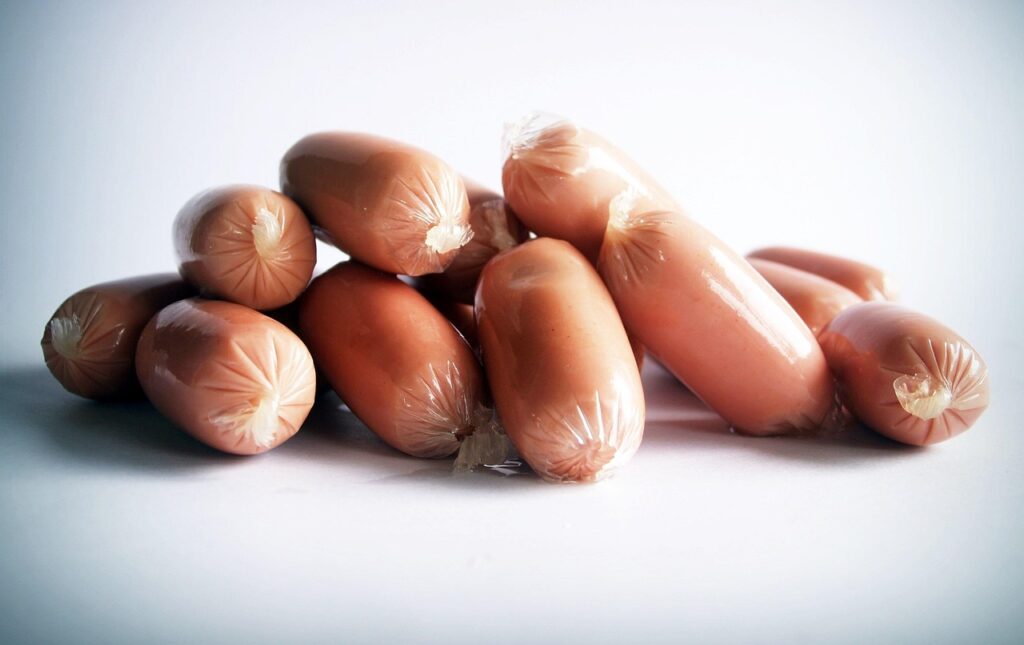
Processed meats like bacon, sausages, and hot dogs often contain preservatives such as nitrates and nitrites. When microwaved, these chemicals can react and form harmful compounds linked to cancer risk. The high fat content also means uneven heating, which can make the edges burn while the inside stays cold. To reheat, use a skillet or oven so the meat warms uniformly. It’ll taste better and keep you safer. When it comes to processed meats, the microwave just isn’t the right tool.
10. Pasta with Cream or Oil-Based Sauce
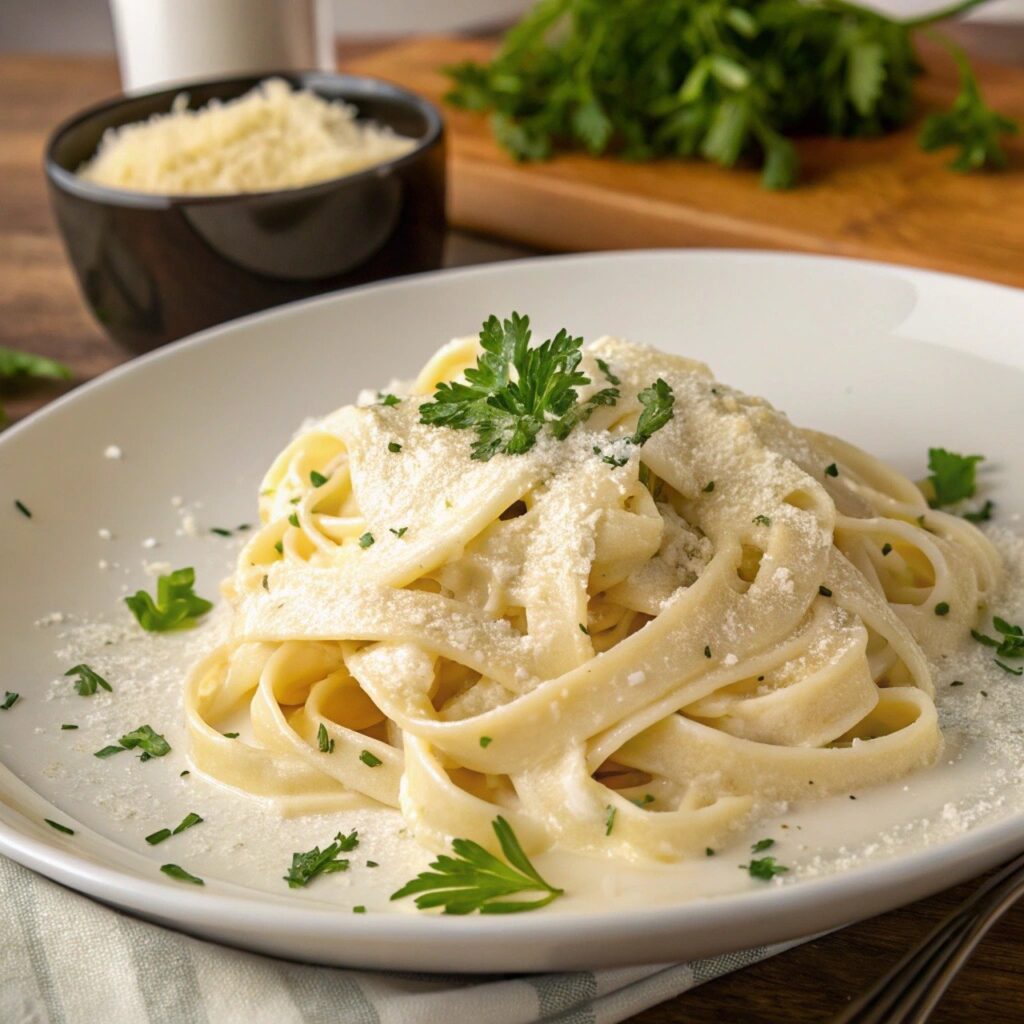
Microwaving creamy or oily pasta sauces often leads to separation and uneven texture. The fats and dairy components don’t reheat evenly, creating a greasy mess that tastes nothing like the original dish. Instead, reheat pasta slowly on the stovetop with a bit of milk or water to restore the sauce’s consistency. Stir continuously until it’s hot and smooth. The few extra minutes make a big difference in flavor and safety. Microwaves simply can’t replicate that balance.


